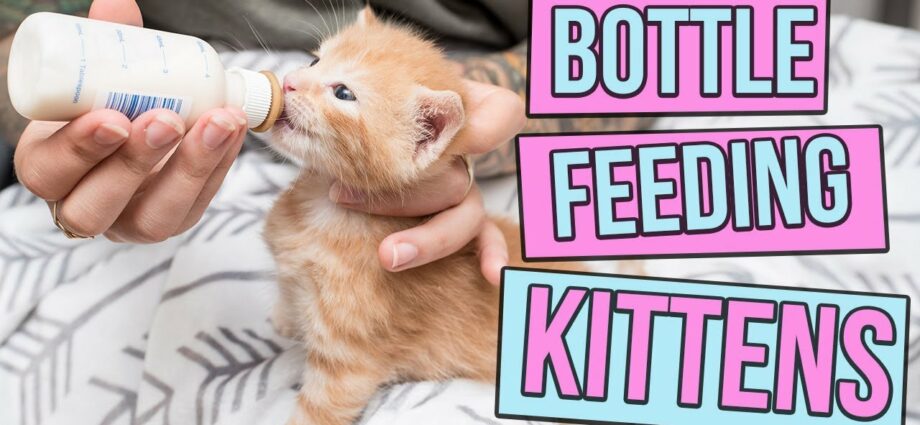Contents
How to feed a kitten?
During her first months of life, your kitten will experience an incredible transformation. It is essential to provide him with nutrition adapted to his unique needs during this so important time.
The specific needs of the kitten
The kitten has very specific needs. For example, it has to digest up to twice as much protein as an adult cat. Its growth is extraordinarily fast, at birth it weighs on average 100 grams, it must double this weight in one week and triple it in 3 weeks. In six months, he will grow as much as a child until he is 18 years old.
Its energy needs are therefore higher than that of the adult cat, because it must cover both its maintenance need, but also its growth need. It needs lipids (about 10%), and especially proteins (at least 35%) of animal origin (meat or fish), the only ones capable of providing it with the elements that it cannot manufacture itself.
On the other hand, carbohydrates are to be avoided. The digestive capacities of the kitten will gradually evolve: at birth they only digest lactose, but over the weeks they will become able to assimilate the starch of the cereals, which is why they should only be introduced very gradually, and if possible less than 20%.
Finally the minerals must be in an appropriate dosage, because his bones develop in the first year to become 4 times stronger than concrete.
The four stages of kitten development
Knowing your kitten’s growth stages is necessary to understand the challenges they face and know how to respond.
Birth – 3 weeks: the neonatal period
Kittens are just born, they can barely move or hear, and are completely dependent on their mothers. This is what feeds them, so it is she who must be nourished. They grow 10 to 30 g per day, and develop very quickly. There are specific ranges of dry food for pregnant and lactating cats.
4 to 8 weeks: weaning
At this age, kittens can explore their environment because the sense of smell is fully mature and hearing is well developed. They begin to find their sleep pattern, and have developed the motor skills and social interactions of an adult.
We can start to diversify the diet from 4 weeks, by providing specific kitten kibble, to start the transition to solid food. Weaning (stopping milk) must take place between 6 and 8 weeks, never before under penalty of causing irreversible delays in development.
2 to 4 months: intense growth
The kittens remain very playful, but they have acquired their autonomy and take their place in the household. They can be separated from their mother to pass them on to their new owner, because they have acquired the social behaviors of their species.
They are given exclusively kibble for young cats.
4 months and more: sustained growth
The kittens continue to grow, the baby teeth will fall out to make room for the 30 permanent teeth. By eight months, it will have reached 80% of its adult weight. Depending on its breed, your kitten will reach adulthood between 12 and 15 months.
Feeding a kitten remains delicate, suitable kibbles are the best solution
Faced with all these constraints, it is extremely difficult to make yourself a ration adapted to the needs of the kittens. The easiest and most relevant is to buy kibble formulated on purpose. But not just any;
As usual, avoid the first prices. Contrary to what one might suppose, formulating a kibble is not easy, it is not enough to mix the ingredients. In particular, making a kibble with less than 20% carbohydrates is difficult, because starch is omnipresent in cereals which are widely used by manufacturers.
Conversely, a high price may not be synonymous with quality, some brands are very strong on marketing. Our advice is to favor brands that also manufacture therapeutic ranges (for sick animals), because this means that they have a strong experience in animal health.
Small tip: as the mother has important needs during gestation and breastfeeding, some manufacturers have designed kibbles to feed the mother and young kittens, thus facilitating distribution for the owners.










